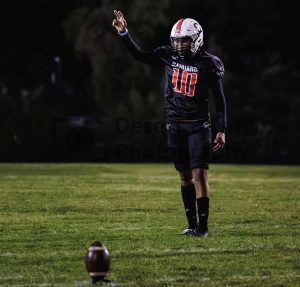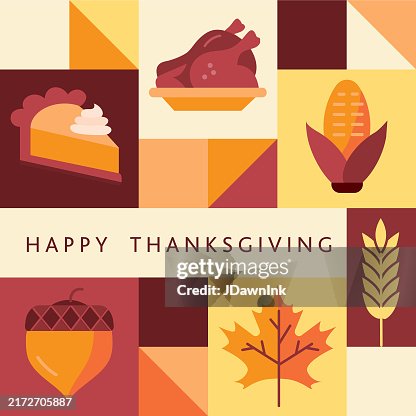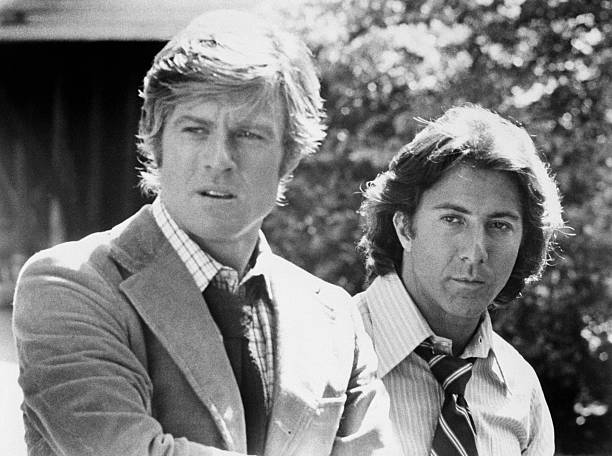Thanksgiving is a national holiday celebrated in the United States and Canada on the fourth Thursday of November and the second Monday of October. It is a time for people to come together with family and friends to give thanks for the blessings in their lives. The holiday has historical roots in religious and cultural traditions but is now commonly seen as a secular holiday focused on gratitude, sharing a meal, and spending quality time with loved ones.
The holiday’s origins can be traced back to the Pilgrims, who came to North America from England on the Mayflower ship in 1620. The Pilgrims faced many challenges in their new home, including harsh winters and a lack of resources, but they survived with the help of the Wampanoag Native American tribe.
In 1621, after a successful harvest, the Pilgrims and Wampanoag came together to celebrate and give thanks. This is considered the first Thanksgiving. The holiday did not become an annual event, but various colonies observed sporadic days of Thanksgiving throughout the years.
In 1789, President George Washington proclaimed November 26 as a national day of thanksgiving to recognize the role of divine providence in the new country. However, it wasn’t until President Abraham Lincoln’s proclamation in 1863, during the Civil War, that Thanksgiving became a national holiday celebrated on the last Thursday in November.
Over the years, the holiday has evolved to include different traditions and customs. One of the most iconic symbols of Thanksgiving is the turkey, which has been a part of the traditional meal since the 19th century. Other typical dishes include mashed potatoes, stuffing, cranberry sauce, and pumpkin pie.
Thanksgiving is also known for its parades, most famously the Macy’s Thanksgiving Day Parade in New York City. The parade features giant floating balloons, marching bands, and celebrity performances.
In addition to its religious and cultural significance, Thanksgiving also holds a special place in American history. It reminds us of the colonists’ early struggles and perseverance in the New World and the importance of cooperation and harmony between different cultures.
Overall, the holiday season is a time for joy, love, and giving. It brings people together and reminds us of the importance of connection, kindness, and generosity. It is a time to spread cheer and make memories that will last a lifetime. Many people also take the opportunity to volunteer and give back to their communities, whether it’s through serving meals to those in need or participating in food drives.
















